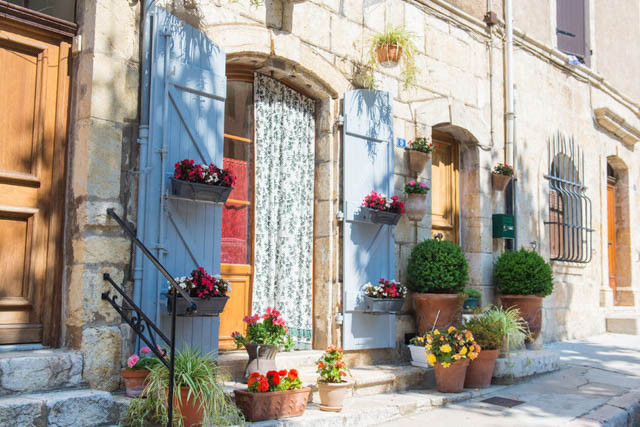Mediterranean Garden - Expert Tips for Gardening Success
Creating a Mediterranean garden involves understanding and replicating elements typical to the Mediterranean region, including its climate, vegetation, and architectural styles. Here are some expert tips for a successful Mediterranean garden:
- Choose Plants Wisely: Opt for drought-resistant, sun-loving plants. Mediterranean flora such as olive trees, lavender, rosemary, and santolina are perfect for this garden style. Succulents and cacti also thrive in these conditions.
- Conserve Water: Mediterranean gardens are designed to withstand dry summers. Incorporate xeriscaping principles, using mulch and gravel to conserve moisture and reduce the need for watering.
- Prioritize Sunlight: Mediterranean plants need a lot of sunlight. Ensure your garden location receives at least six hours of direct sunlight daily.
- Good Drainage: Most Mediterranean plants prefer well-drained soil to prevent waterlogging and root rot. Consider raised beds or slopes if drainage is a problem in your area.
- Embrace Hardscaping: Use natural materials like stone and terra-cotta to create paths, patios, and walls. This adds structure and authenticity to the garden.
- Include Water Features: Fountains, ponds, or bird baths not only add visual interest but also provide a cooling effect and attract wildlife.
- Add Architectural Plants: Use architectural plants like yuccas or palm trees to create points of interest and structure.
- Create Outdoor Living Spaces: Mediterranean lifestyle embraces outdoor living. Include a seating area or an outdoor kitchen in your design.
- Pruning and Maintenance: Prune after flowering to maintain plant health and shape.
- Harmonize Colors: Stick to a warm color palette (yellow, orange, red) with accents of bright blue or purple. This mirrors the vibrant colors found in the Mediterranean region.
Following these tips will help you achieve an inviting, low-maintenance, and sustainable Mediterranean garden.

